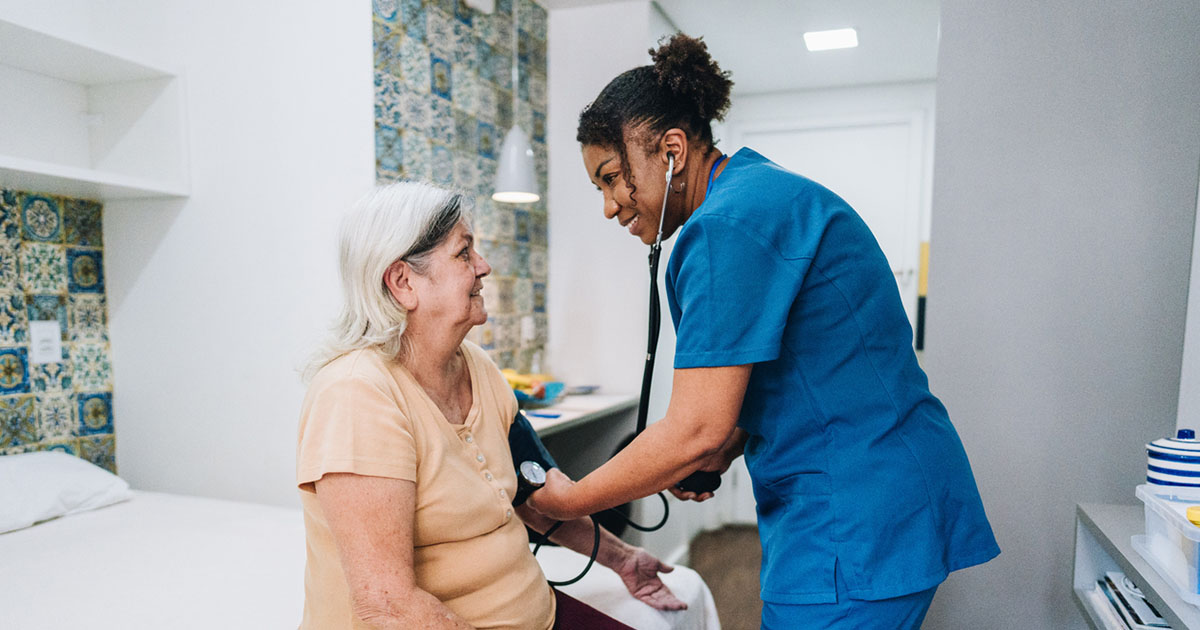With the increasing prevalence of long-term conditions across the UK, we face an ongoing need to deliver efficiencies and optimise effectiveness, particularly in diabetes care. After exploring healthcare systems in countries including New Zealand and the US, Wales is implementing “prudent healthcare” (Bradley et al, 2014). The Bevan Commission defines this as “a way of reshaping the NHS around the things that matter most – continuing to provide care for all, based on clinical need” (Aylward et al, 2013).
It is possible to map some of our current diabetes initiatives onto the original prudent healthcare framework:
- Prevention or Early Intervention (the NHS Diabetes Prevention Plan in England, the WAKEUP toolkit [see page 175]) and tight early glycaemic control reducing complications).
- Efficiency (virtual clinics for input from specialist teams).
- Substitution (greater role of pharmacists in optimising medicines management).
- Elimination (stopping drugs which achieve no benefit, rather than just adding additional drugs).
In addition to the framework, there were also five original guiding principles of prudent healthcare (see http://bit.ly/1EmC0cr): do no harm; carry out the minimum appropriate intervention; only do, what only you can do; promote equity; and co-production. Although none of these concepts are new, identifying how we can implement them in primary care (Lewis, 2014), particularly when managing diabetes, will take thought and time. One year on, the original five principles have morphed into four more wordy ones (see Box 1).
With the imminent launch of the new NICE type 2 diabetes guideline, all of us will be reviewing our prescribing and practice systems. Prudent healthcare principles offer a useful framework. According to Mark Drakeford, Minister for Health and Social Services, “only do, what only you can do” remains an important concept (Drakeford, 2015). This could encourage us to explore new roles for team members and how our pharmacy or medicines management colleagues might help align current medication use with guidelines, undertake robust medication reviews and reconcile medication post-discharge. They could help us minimise medicines waste, which is not just about reducing drug costs, but incorporates the opportunity cost of lost benefits which would have accrued were the drugs taken (Bradley et al, 2014). The “Your Medicines, Your Health” campaign (Bradley et al, 2014) reminds people in Cwm Taf taking prescribed medicines to “Take them if you can, tell us if you can’t” – pragmatic guidance we could all implement.
“Co-production” builds on Martha Funnell’s work on patient empowerment in diabetes (Funnell and Anderson, 2000). Patients’ preferences matter (Mulley et al, 2012), a booklet published by the King’s Fund and the Dartmouth Centre, reminds us that access to information may change patients’ preferences and that we must not assume we understand what patients want. Co-production will require improved ease of access to structured education and motivation to attend (see page 162), as well as decision aids and new ways of working.
The MAGIC (Making Good Decisions in Collaboration) project (see http://bit.ly/1IFKrn0) pioneered shared decision-making, identifying that this requires “access to evidence-based information about the treatment options, guidance on how to weigh up the pros and cons of different options, and a supportive clinical culture that facilitates patient engagement.” Much has been written about shared decision-making (Elwyn et al, 2010), but only now are easy-to-use tools becoming available that allow this to become a reality (Agoritsas et al, 2015). The NHS “Shared Decision Making” site (http://sdm.rightcare.nhs.uk) provides easy access to concise decision-making tools for those with type 2 diabetes – “Improving control” and “Additional treatment to improve control” (the latter for those already taking two agents) – as well as tools for obesity and other conditions. People can learn about treatment options and develop and print their own personal decision-making pathway for discussion in consultations.
True co-production requires new ways of thinking and working for busy healthcare professionals. In Powys, the process of empowering healthcare professionals to work differently is already underway, with five pilot practices undertaking coaching training. This has provided confidence to change consultation styles, and it is hoped that this will translate into empowerment and behaviour change in those with long-term conditions in their practices.
Prudent prescribing?
The report Prescriptions Dispensed in the Community, Statistics for England – 2004–2014 (Health and Social Care Information Centre, 2015), published in July 2015, demonstrates a 4.8% increase in diabetes items dispensed in 2014 compared with 2013, which is similar to the growth in the previous year. However, the net ingredient cost (NIC) for diabetes prescribing increased by 7%. Although the numbers of scripts for metformin increased by only 5.5% compared with 2013, the NIC increased by nearly 23%, driven by price rises under category M and prescribing of modified-release and liquid metformin. In 2014, the NIC for sitagliptin rose by 11.4%, moving this into third place behind blood glucose testing reagents and metformin, and closely followed by insulin glargine and insulin aspart, with only a small increased spend on the latter two. There were 10% fewer pioglitazone scripts and a 56% reduced spend on this agent compared with 2013.
In Wales in 2014 (Welsh Government, 2015), metformin was the only diabetes product in the top 25 most prescribed items, with £10.7 million spent on blood glucose testing reagents – significantly more than insulin glargine (£6.4 million), metformin (£5.8 million) and sitagliptin (£5.2 million).
Costs of self-monitoring of blood glucose in England (£174 million) far outstrip metformin costs (£96 million), although there was only a 1.8% increase in self-monitoring costs in 2014. If we can make the time, most of us could identify people prescribed self-monitoring equipment who are not at risk of hypoglycaemia and who are not using the results to inform lifestyle changes or help inform therapy changes.
Nicer NICE?
In response to stakeholder feedback, NICE carried out a second consultation on its updated guideline for type 2 diabetes. Your survey feedback informed the Primary Care Diabetes Society’s response to the first draft, and many of our suggested changes have been incorporated in the second draft (NICE, 2015). Modified-release metformin is reinstated and repaglinide and pioglitazone are no longer first-line alternatives for those unable to take metformin. Instead, these, sulphonylureas and dipeptidyl peptidase-4 inhibitors are now ranked equally. Guidance on sodium–glucose cotransporter 2 inhibitors will still be based on technology appraisals. Emphasis is placed on individualising glycaemic targets, with a single, simpler algorithm. The 48 mmol/mol (6.5%) target HbA1c for those on monotherapy supports the importance of tight early control, with intensification recommended if HbA1c rises to 58 mmol/mol (7.5%). A target HbA1c of 53 mmol/mol (7.0%) is recommended for those on dual and triple therapy, including insulin, with intensification recommended if the HbA1c rises above 58 mmol/mol at either stage. Treatment with glucagon-like peptide-1 (GLP-1) agonists is included only at the second intensification stage if triple therapy is not effective, not tolerated or contraindicated, and the dual targets for weight loss and HbA1c reduction at 6 months remain. For those unable to take metformin, GLP-1 agonists are currently missing from intensification options.
At the time of writing, it is anticipated that publication of the type 2 guideline will be delayed beyond September. We will provide an update on the final version and reviews of how to implement the guidelines on type 1 diabetes in adults and diabetes in children and young people in the next edition.
As we think about changes to align our practice with the new NICE guidelines, looking closely at every aspect through the prudent healthcare lens can challenge us to do more with less. The “older therapies” module (see page 194) and the gestational diabetes feature (see page 188) can help us update our knowledge, but if we are to truly embrace co-production then we will need decision-aids and to consider new ways of working. I hope you are inspired to try something different. We are eager to showcase your examples of good practice and prudent healthcare in future editions.





Scotland-wide advice to inform the process of making injectable weight management drugs available and to prevent variation between Health Boards.
14 Nov 2024